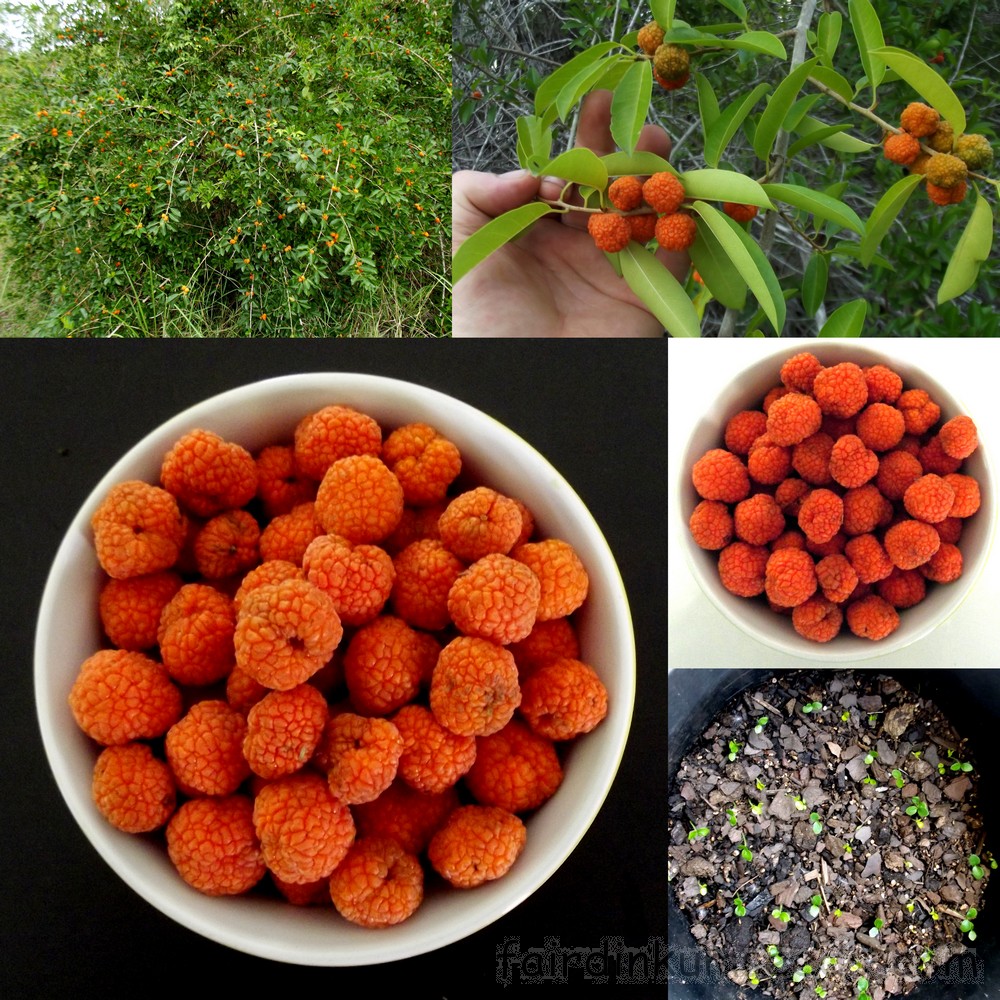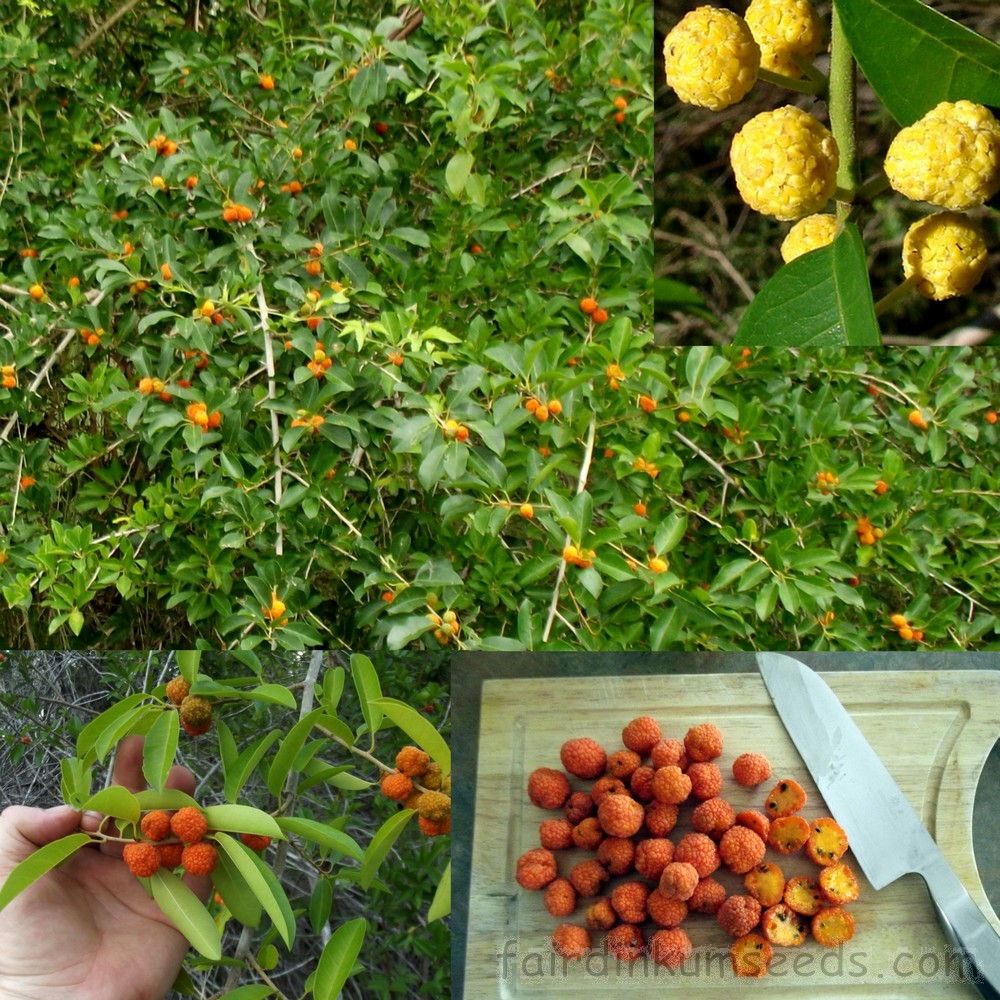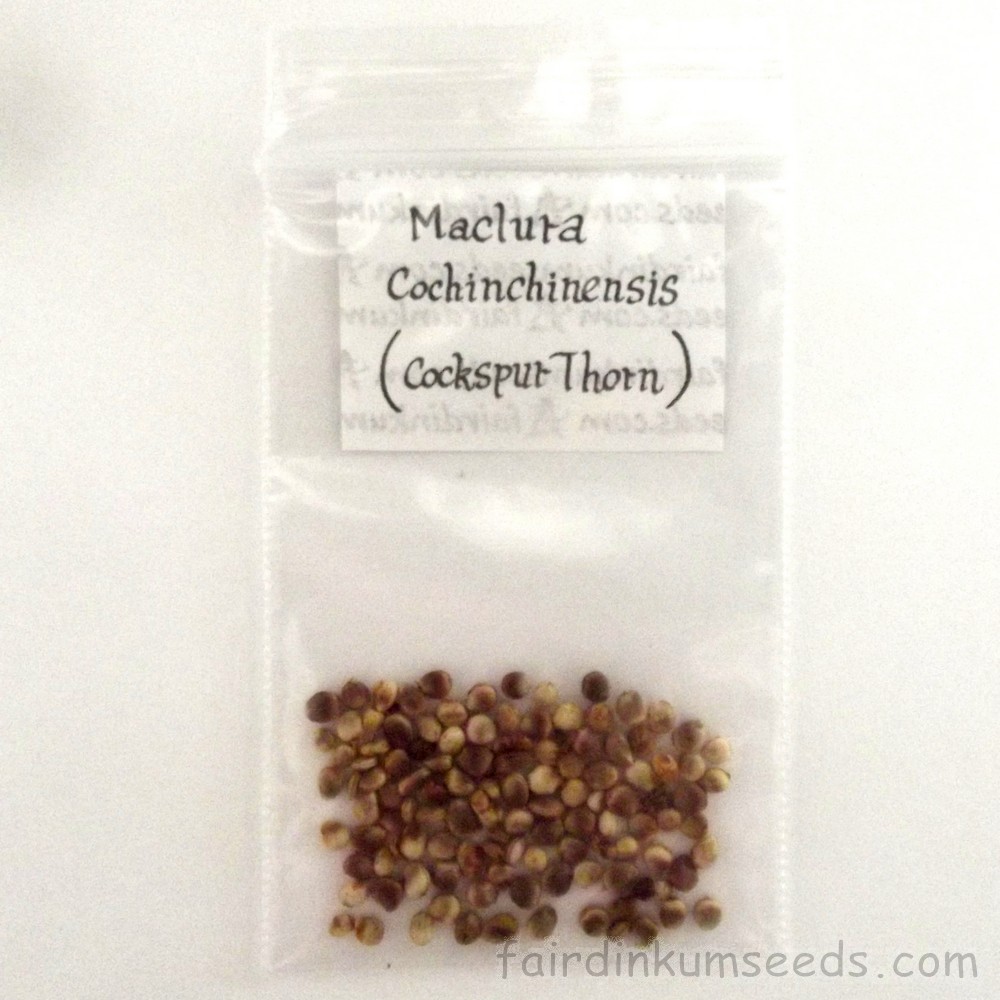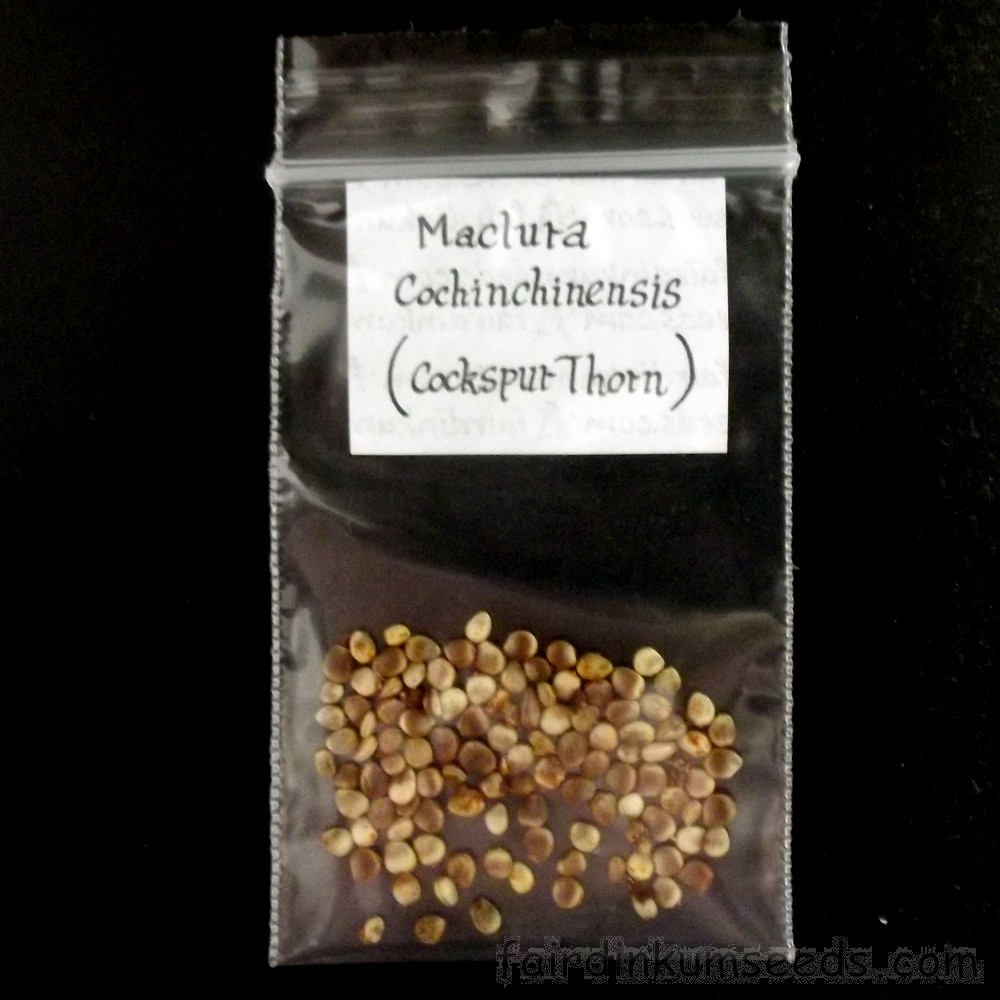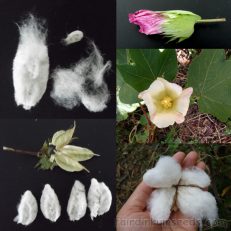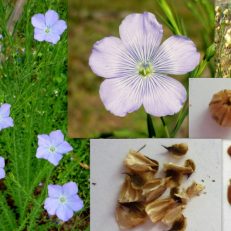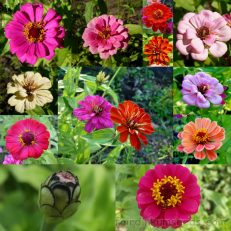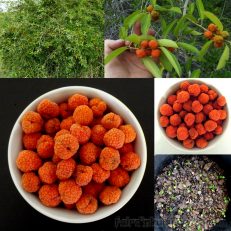Please read text!
Cockspur Thorn Maclura Cundrania Cochinchinensis Seeds
Big packet of 40+ freshly harvested seeds from this native Mulberry and Fig relative!
It was once called Cundrania Cochinchinensis until very recently, and most of the data I could find is under this name. Also used to be known as Cudrania javanensis, Maclura javanica, Vaniera cochinchinensis, Cudrania cochinchinensis, or Cudrania javanensis.
Widely distributed around the world and used for dyeing and as a delicious food source just about everywhere it grows except here…
Grows in the Himalayas and in Nepal, India round to Japan, throughout Malesia to the Bismarch Archipelago, New Caledonia and naturally all through the Eastern side of Australia , from Cape York to near the bottom of NSW.
I reckon it could handle most places with a little shelter from heavy frost, and given the odd water.
Really widespread actually, but most folks don’t see it as the thorny nature of the plant means it is persecuted and sprayed by most folks that see it, falsely assuming something this tough must be an introduced weed, especially farmers who hate the thought of the thorns popping their tractor tyres.
It is a real shame as I see a lot of commercial potential. Growing feral unloved in the bush you get buckets of delicious fruit. Imagine irrigation, pruning and trellised?
So much potential and the plant can live 100years or more, so if properly planned and planted correctly, then pruned and looked after as you would as you would other berry crops, you’re really setting it up for the next couple generations.
The plant itself really reminds me of a great big thorny Boganvillia, but instead of flowers once a year, the females get cool delicious fruit, and the males get bright yellow pompoms of pollen like in the second picture.
Just like a Boganvillia, when managed correctly and given the odd haircut, they can be a really cool plant, and I am planting a heap in a row myself this year. I have wild-harvested them many times and there are are always lots of little seedlings under the base of the plant.
Most folks say two weeks to a month for germination in a basic potting mix and the seeds can be stored for years at room temperature without going bad. Three year old seed came up in about a month here for me.
Perfect plant for hedges or fence lines, and a great home for the native birds.
I saw several with willy wagtail or forest dove nests when I was out and about picking.
I heard a few folks on forums say they have fruit fly issues, but in all honesty I didn’t see any and was really surprised, even after letting the over ripe picked fruit sit for several days. Unfortunately quite unlike the guavas I harvested at the same time….
The fruit are much easier to pick than any other berry I have seen and when ripe you can shake them off so I reckon on level ground tarps or catch nets could speed harvesting even more in a commercial situation.
Exciting plant this one folks!
There are male and female plants, and in Asian where they make the most use of them the majority of the males are harvested and used for dyeing or just cut out to increase fruit production. One male can service many females, just like in many other commercial fruit crops.
The Australian Aborigines had the right idea made great use of the fruit and the plant, (even the tender young leaves are edible) but it seems we kinda ignored this fella and focused on the smaller fruited imported brambles like raspberry, and bloody blackberries of all things?
These fellas have a much larger fruit that has a sweet creamy peach or stone fruit flavour, with the texture of a mulberry or a soft ripe strawberry. They do have a few seeds inside, but they are softish and edible like a kiwifruit, just a little larger and brown/black. Look a lot like hemp seeds.
Looks unusual when cut open but tastes great.
Just like last year I am eating kilos at the moment.
Anyway, there you have it, some locally wildharvested seeds of this very hardy Australian native.
Basically a giant vining bright orange mulberry, that tastes like a stonefruit, custard or yogurt.
Wildharvested sustainably, no chems no nasties, no problems!!!
